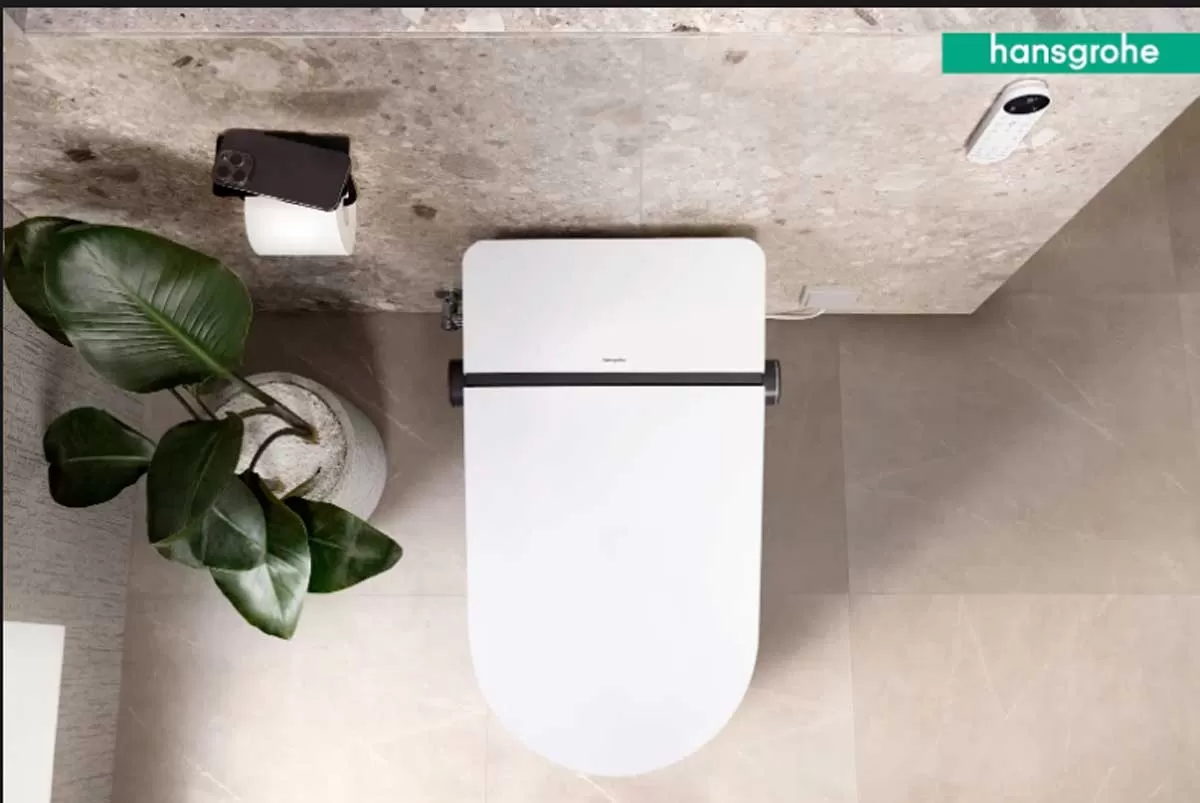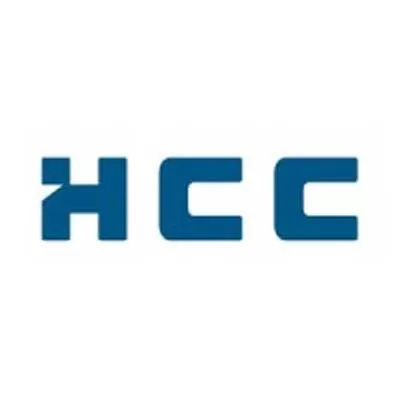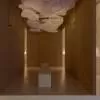MILI MAJUMDAR elaborates upon the classification of ‘biophilicdesign’ and its contribution to reducing stress, influencing cognitive ability and enhancing mood and creativity.‘Biophilia’ as a term was first coined by social psychologist Erich Fromm and later popularised by biologist Edward Wilson. Connection to nature and natural systems is the most compelling and intrinsic function of biophilia. Nature is healing, nature is instinctive, nature is where we feel ‘at place and in harmony with ourselves’ – and all these aspects can add to our productivity. Workplace productivity is a key concern as society currently battles stressors such as pollution, lifestyle diseases and ailments, loss of sleep and depression, among others.The hypothesis of biophilia can well translate into design of built environment. Biophilic experiences can reduce stress, influence cognitive ability, and enhance mood and creativity. These and other outcomes can increase health and well-being as well as productivity.Connection to nature is proven to have a long-standing impact on health and productivity and, increasingly, we have seen green building standards adapting principles of biophilia and biophilic design interventions.Positive impactsBiophilic design has several positive impacts including improving student performance, patient recovery, community bonding and, of course, enhancing workplace productivity. We spend about 90 per cent of our time indoors and in a growing urban landscape, our connection with nature is negligible in most cases. Over the past few years, the concept of biophilia is gaining traction wherein we apply architectural and landscape techniques to connect with nature and natural elements. The concept is evolving and has multiple proven techniques and methodologies. A pioneer in biophilic design, Bill Browning is the founding partner of sustainability research and consulting firm Terrapin Bright Green, based in New York City. Browning’s 14 Patterns of Biophilic Design serves as an indispensable guide to nature-based designs that cultivate wellness in the workplace. According to him, the biophilic experience of a user in a space can be classified in three ways: Nature in space, natural analogues and nature of the space. Nature in spaceThe first typology, nature in space, establishes a direct linkage between nature and space which manifests in the form of planters, courtyard gardens, water elements, green wall or vegetated roof. It can also be an indirect contact, where natural imageries or interpretations are recreated in a space. Certified LEED Gold, the office of NRDC in San Francisco has various biophilic elements that recreate nature in space. In addition to ample daylight and direct view of nature, the space has several natural elements. The image (Figure 1) represents a concept on how dead-end corridors and empty walls can be rendered with natural elements to break monotony and provide a connect with nature.The Lend Lease Office in Chicago (Figure 2), certified LEED Silver, has planters as dividing elements or partitioning, thereby creating a feel of nature in space. This also provides visual continuity and creates a community connectedness.This is an easy biophilic breakaway from traditional partitioning used in office interiors.Nature can also be connected to spaces through multisensory interactions such as thermal and airflow variability, through variable air temperatures, RH and airflow across skin-emulating natural conditions. Another form of multisensory intervention is the introduction of auditory or olfactory stimuli in space. For instance, the introduction of chirping bird song in the background can provide sound masking in addition to connecting occupants to nature. Visual connection with nature such as good quality views and access to daylight is the most commonly used technique to connect with nature.Natural analoguesNatural analogues are forms or interpretations borrowed from nature and replicated in their original form or through ornamentation and artwork. For example, furniture, décor, textile and carpets can mimic natural shapes, colour and sequences. A renowned carpet manufacturer produces carpet tiles such that no two tiles are similar (in nature) and can be laid out to provide a natural look to the interior. The LEED Gold-certified office of Grupo Vitalmex (Figure 3) is a renovation project with over 75 per cent of its materials being reused or diverted from the landfill. The reception is an example of natural analogue with wood in natural form being used for the ceiling, in addition to nature in space in the form of green walls.Biomorphic forms and patterns and the use of minimally processed natural material reflecting local culture and ecology are some of the common forms of natural analogues. Nature of the spaceThe third configuration, nature of the space, explores and replicates the unknown and unpredictable aspect of nature.Nature of space may be in the form of a prospect, or unimpeded view over a distance, a refuge space symbolising the protective power of nature, a mystery that offers an exploratory dimension to a space and risk/peril, which is an unidentifiable threat coupled with a reliable safeguard – the idea of ‘infinity’swimming pools being one such concept largely applied. Cook Fox Architects’ 57th Street studio is located on the 17th floor of the historic Fisk Tire building in Manhattan, New York. Chosen to explore the next generation of workplaces, the high-performance studio connects three planted terraces, an expression of a mission to connect people to nature within the built environment. With access to nature in the form of open terraces, the east terrace houses an urban garden that provides studio members with supplemental vegetables throughout the summer, while beehives offer honey and a home for pollinators. An example of open meeting rooms (Figure 4) with natural enclosures providing delineation and a sense of security and protection, the west terrace incorporates an outdoor meeting room and breakout spaces, offering the opportunity to work and socialise surrounded by nature.Indeed, the impact of biophilic design on human health is proven through several research studies carried out globally. In this regime of connectivity and virtual living where mankind is increasingly dependent on digitisation, a piece of nature at work and home can work wonders!

















